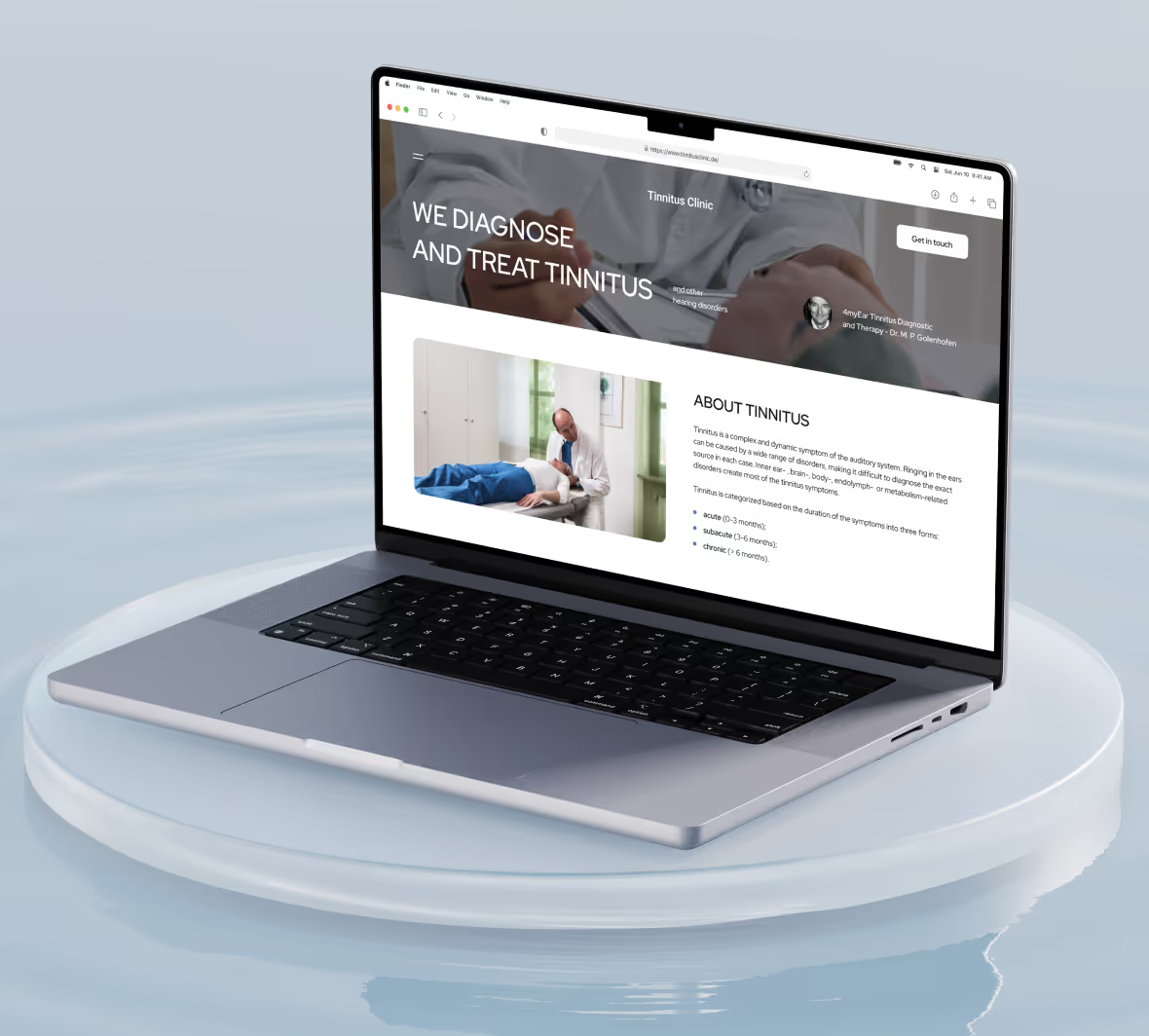
Bubble vs Flutterflow: Which no-code tool is right for you?
When choosing a no-code or low-code platform for your project, FlutterFlow and Bubble are two of the most popular options. Both tools cater to developers looking to create applications without extensive coding knowledge, but they target different use cases. So, how do you decide which one is the right fit for your needs?
This article breaks down the key differences between FlutterFlow and Bubble, helping you make an informed decision.
1. What Are FlutterFlow and Bubble?
2. Key Differences Between FlutterFlow and Bubble
- Development Focus
- Database Integration
- Customization
- Pricing
- Learning Curve
3. Pros and Cons of FlutterFlow and Bubble
4. How to Choose Between FlutterFlow and Bubble
5. Key Takeaways
What are FlutterFlow and Bubble?
- FlutterFlow: A platform built primarily for mobile app development. It leverages Google’s Flutter framework, offering robust customization and cross-platform compatibility.
- Bubble: A no-code platform focused on building dynamic web apps with complex workflows, database management, and user authentication.
Key differences between FlutterFlow and Bubble
1. Development focus
- Bubble is ideal for creating web applications like marketplaces, SaaS platforms, and internal dashboards. It’s a no-code platform, meaning you don’t need any programming knowledge to get started.
- FlutterFlow is best for mobile apps, although it supports web apps as a secondary feature. It’s a low-code platform, requiring some Flutter knowledge for advanced customization.
2. Database integration
- Bubble: Includes a built-in database, which simplifies development and reduces costs. It also provides powerful privacy rules and workflows for data management.
- FlutterFlow: Relies on external databases like Firebase or Supabase. While flexible, this setup can lead to additional costs and complexity. Real-time Firebase updates, for example, may require custom code, which can slow down the process.
3. Customization
- Bubble: Limits customization since it doesn’t allow direct code edits. However, its rich library of plugins and community-built resources makes it versatile for most projects.
- FlutterFlow: Offers deeper customization with the ability to export and edit Flutter code. This flexibility comes at the cost of needing technical expertise, making it more of a low-code solution than pure no-code.
4. Pricing

.png)
.png)
5. Learning curve
- Bubble: Designed for beginners. Its drag-and-drop editor and active community make it easy to learn, even for non-technical users.
- FlutterFlow: Requires basic coding knowledge for advanced features like custom functions, making it better suited for developers or teams with technical experience.
6. Building Native Mobile Apps
Bubble isn’t just for web applications—it’s also stepping into the mobile space. As of November 2024, Bubble is beta testing its native mobile app development capabilities, making it easier than ever to create cross-platform apps.
The beta program allows developers to create native mobile apps directly within Bubble. While this feature is still being fine-tuned, it provides an exciting glimpse into the future of no-code app development. By leveraging Bubble’s visual editor, users can design and build mobile-friendly apps that integrate seamlessly with the platform’s backend and workflows.
For those looking to publish mobile apps today, Bubble supports wrapping web apps into native mobile applications. By using third-party tools like Natively or GoNative, developers can convert their Bubble projects into downloadable apps for iOS and Android. These wrappers allow you to deliver your app to users through app stores while benefiting from Bubble’s powerful backend.
Whether you're building a fully native app or wrapping a web app for mobile, Bubble offers flexible options to bring your vision to life on smartphones and tablets. Keep an eye on their updates for more developments in native app support!
Pros and cons of FlutterFlow and Bubble
Bubble
Pros:
- Excellent for web apps.
- Faster development with no coding required.
- Built-in database simplifies workflows.
- Lower starting costs.
Cons:
- Not yet ideal for Native Mobile projects (waiting for native mobile editor in 2025)
FlutterFlow
Pros:
- Best for mobile app development.
- Deeper customization with code export.
- Access to Google’s Flutter framework.
Cons:
- Requires coding knowledge for advanced features.
How to choose between FlutterFlow and Bubble
Ask yourself these key questions:
1. What type of app are you building?
- Choose Bubble for web-first projects like SaaS tools or dashboards.
- Pick FlutterFlow for mobile apps needing native performance.
2. What’s your budget?
- Bubble is more cost-effective for small-to-medium projects.
- FlutterFlow might be worth the investment for apps requiring deep customization.
3. Do you have coding expertise?
- Bubble is ideal for non-technical founders.
- FlutterFlow suits developers with some coding knowledge.
Here’s a detailed comparison of FlutterFlow and Bubble across key criteria:

Key takeaways
- Bubble is the go-to for web applications, offering ease of use, fast development, and built-in database functionality.
- FlutterFlow excels in mobile app development, providing flexibility and native performance but at a higher cost and complexity.
- Choose the platform that aligns with your project’s goals, technical needs, and budget.
At Minimum Code, we help clients unlock the full potential of no-code platform Bubble to turn their ideas into reality. Whether you're creating a web app, mobile app, or both, our team is here to support you every step of the way. Ready to get started? Contact us today! 🚀

Ready to build your product?







